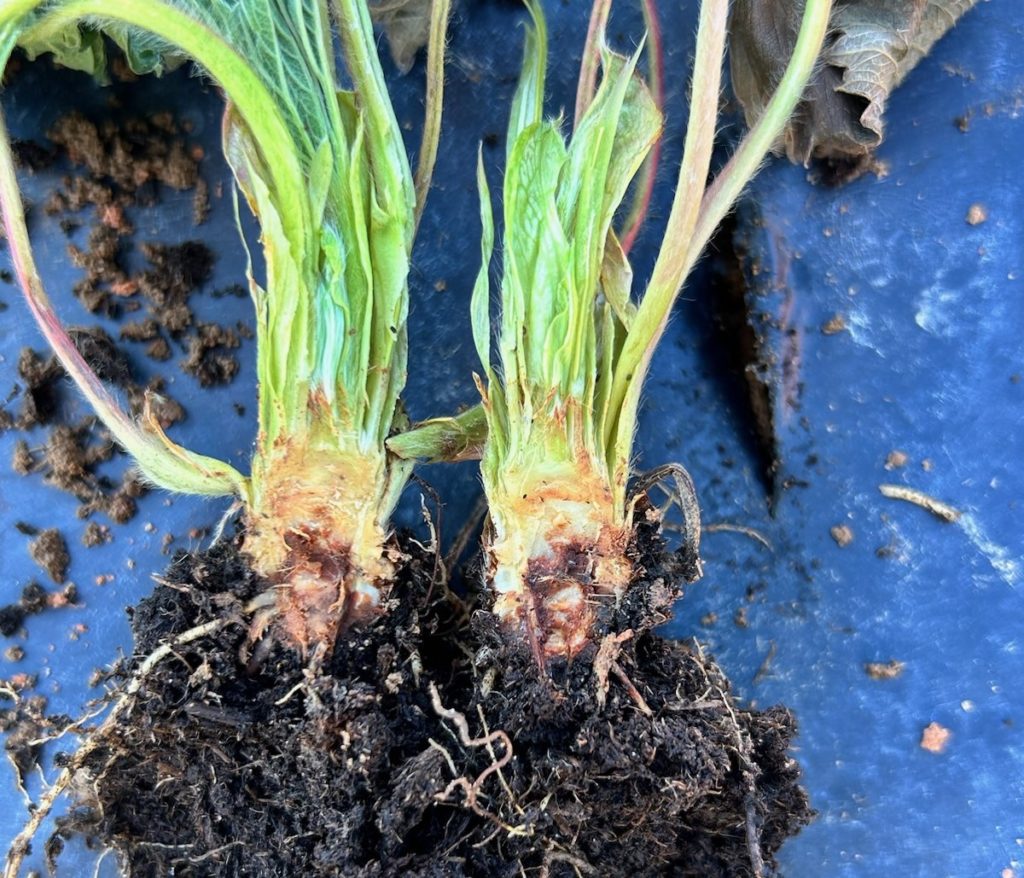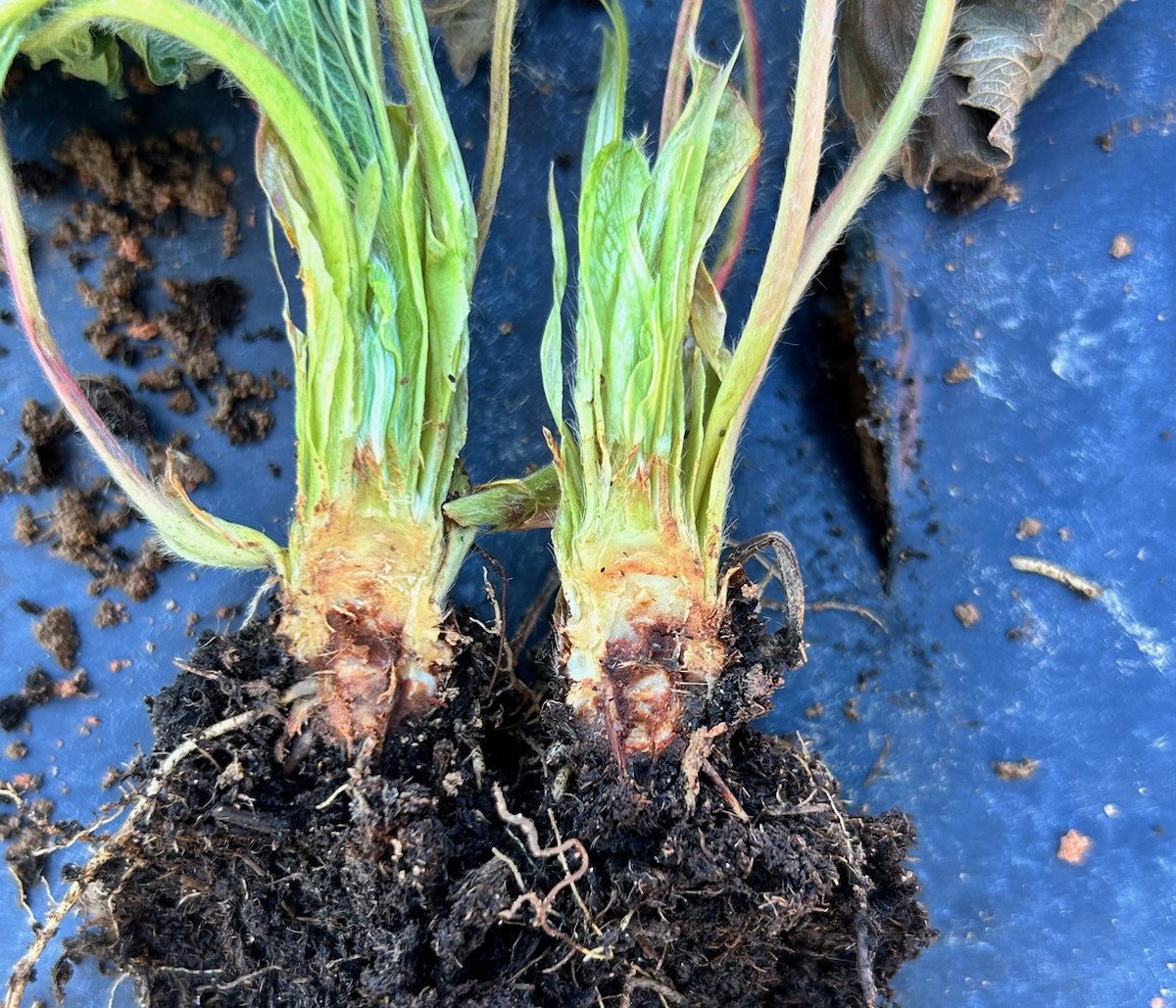Weekly Field Update
Clemson Extension agents provide updates in The South Carolina Grower this week about the status of various crops being produced throughout the state.

Coastal Region
Zack Snipes
- Strawberries are on everyone’s mind last week and this week. We are in full swing of planting. To say I am underwhelmed at the plugs we have received is an understatement. Our plants are small, have leaf lesions, and I’ve also seen some discoloration on the roots. I am highly recommending growers send in samples to the Clemson Plant Pest and Diagnostic Lab. It is easier to fight if we know what we are fighting. Each sample is $20 but could save or make you thousands. Bring in the samples to our offices, and we can submit for you or send them yourselves.
- I have seen some other interesting diseases as of late with the cool weather and some rain. I found what I think is Cladosporium leaf spot on spinach. Sanitation and removal of these leaves should lessen disease development. Both organic and conventional growers can use this IPM tactic to reduce disease incidence.
Midlands
Phillip Carnley
- There are still a few strawberries being planted in my area, and what has been planted is looking good.
- Leafy greens are doing quite well. Yields are looking promising. As always, stay on top of your spray program to combat diamondback moth caterpillar. Aphids have popped up sporadically in the Midlands but have been of little impact overall.
- There are still a few summer squash kicking about, but quantity is lacking due to the cooler weather.
- Fall planted cowpeas are still being harvested with good yields and little in the way of curculio damage.
- Fall fresh market snap beans are yielding well despite deer browsing.
Upstate
Andy Rollins
- We are finishing up a few late plantings of strawberries in the Upstate.
- One of the earliest plantings that is now one month old has major problems. These Ruby June plugs are collapsing quickly. Currently 23% on average are dead and appear to be getting worse. Camarosa plugs have the same symptoms, but very few are collapsing. Crown rot is the predominant symptom with varying amounts of root rot. Some plants have crown rot with only slight root rot at the base of the roots near the crown. Guido Schnabel has visited the farm and taken samples for evaluation. The grower dipped the plants with Switch and has applied foliar fungicides. Thiram is recommended as a protectant for all growers, especially before rain.










